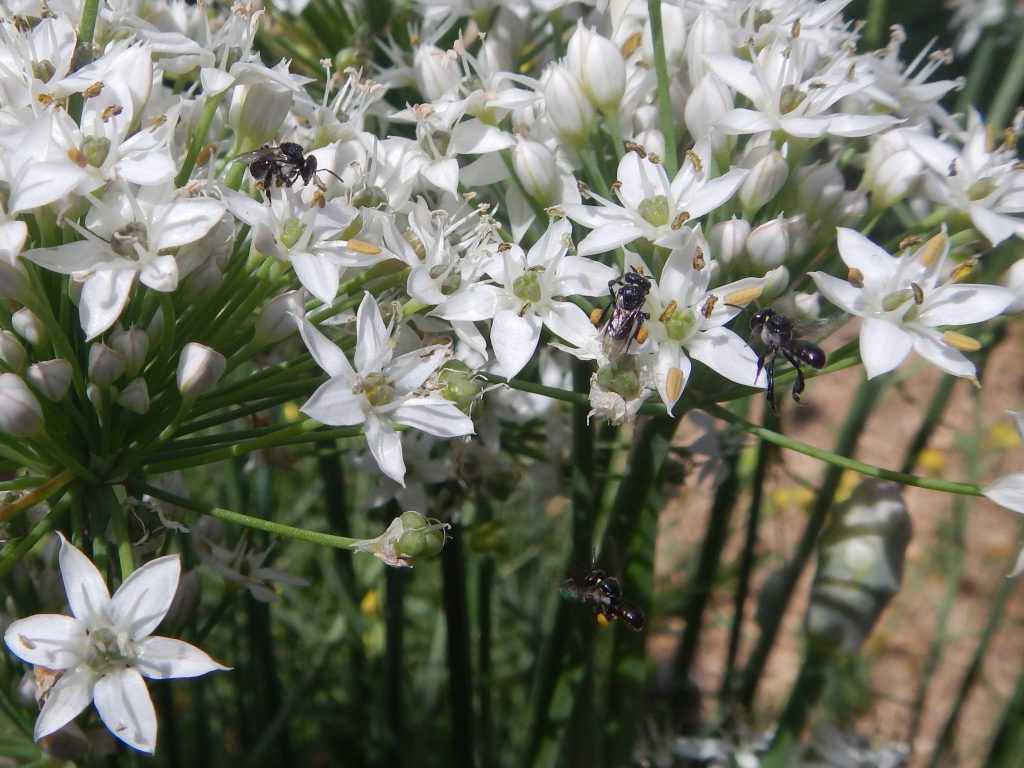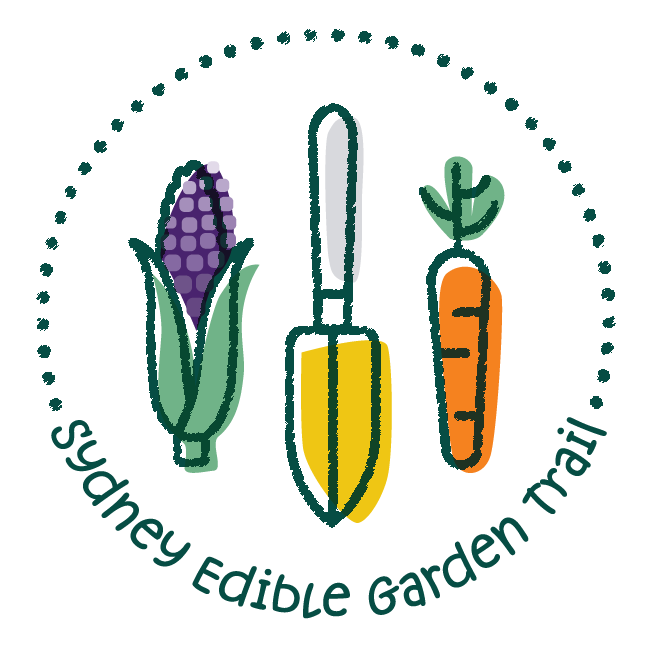
If you want to boost the numbers of pollinators in your garden and are also interested in helping our native wildlife, then consider hosting a hive of stingless native bees and become a ‘Meliponist’ (stingless beekeeper).
Australia is home to over 1500 different species of native bees, with about 200 in Sydney alone. Most native bees are solitary, but there are about 10 social species, all of which are stingless. Most stingless bees are tropical, but the tiny 4-mm-long stingless bee, Tetragonula carbonaria, is found as far south as Sydney.
If you are lucky and near the bush, you might have a wild Tetragonula hive in a tree or log nearby. Many of Sydney’s edible gardens host a hive. You can buy one for about $400–550. See www.aussiebee.com.au for reputable sources. Some councils like Kuring-gai sell them too. Alternatively, make friends with someone with a hive – they can be split every few years. There are many native bee keeping courses you can do.
Stingless bees are relatively simple to look after, and will benefit your garden while also boosting numbers in your area. You need to keep them in a warm spot that gets morning sun, and is sheltered from extreme heat and cold wind. Make sure you have plenty of sources of pollen, nectar and water in your garden, or nearby, as they only travel up to 500 metres. These bees are particularly useful for pollinating macadamias, mangoes, and watermelons, but also like a wide variety of native and introduced flowers. Avoid all household and garden insecticides!
Native bees only really make enough honey for the colony, about 500 g each year (compared to 20–25 kg for honey bees), as they need their honey to survive the dormant cold winter period, especially in Sydney. However, you may be able to collect a jar full of this wonderful ‘sugarbag’ honey.
Check out this video of a native bee hive being split to produce two hives.
